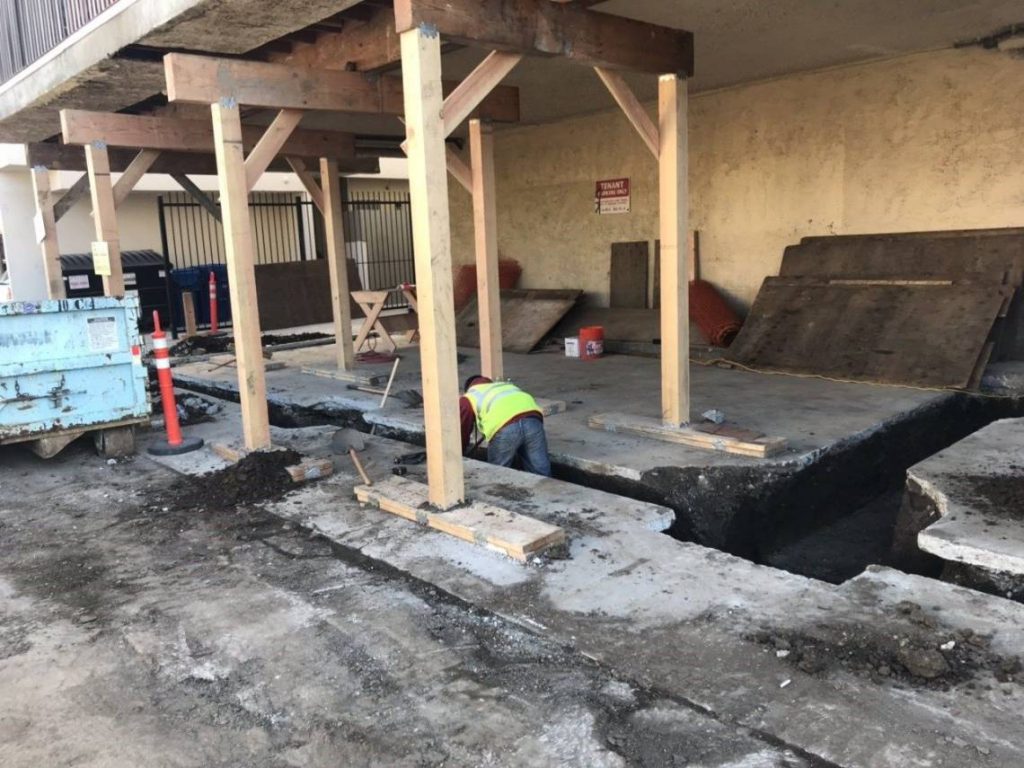The Los Angeles area is prone to seismic activity and one major step you can take to ensure the safety of your buildings occupants is to get a structural inspection. These types of inspection are useful for repairs after an earthquake and to reinforce your building for future ones. Many owners are unfamiliar with the Los Angeles Earthquake Retrofit Program, have no idea what to expect, or when they need to have this inspection done.
Here are the three main reasons that owners call us for their structural inspection:
They want to make sure their building is structurally sound for their tenants or employees.
They are looking to buy a building and want to get it inspected beforehand, or get an estimate for the costs of needed repairs or a retrofit.
Their building has sustained damage and they want to know how severe it is and what they need to do to repair it and prevent repairs in the future.
After the major earthquake that hit in 1994, the city updated their building codes and implemented the Los Angeles Earthquake Retrofit Program. Getting a structural inspection is one way to make sure your structure meets the new policies for safety. Here is a short list of the things you can expect during your structural inspection:
Roof Inspection
An important part of the inspection is the roof. The structural engineer will check the roof surface, the conditions of the gutters, looking for any leaks, etc. What is entailed with the roof inspection varies from one building to another.
Inside and Outside Of The Building
Both the interior and the exterior will be examined. Things the inspector is looking for include any areas that appear weak, unsound, or are in disrepair.
Framing
A building’s frame is often the first place where we find signs of possible instability, either caused by an earthquake or risks of damage in the future. The framing should line up with the buildings foundation in order to maintain structural integrity.
Foundation
Next to the frame, the foundation is one of the most important areas of any building. This is also the one area that usually shows the most obvious signs of seismic damage. The inspector will look for cracks, check for any movement or other visible signs of distress on the foundation.
Basements or Crawl Spaces
If your building includes a basement, or crawl space, the inspector will check these too. Things they are looking for could include signs of water damage that can weaken the building’s structure, the drainage or water control systems, and checking for any areas that might be prone to flooding.
What Comes After Your Inspection?
After the engineer completes the structural inspection they will compile a report for you. If you building meets the current building codes and is structurally sound you will receive the Professional Engineer’s Seal. However, if they find any issues, they will be listed in the report and the engineer will go over what repairs are needed.To schedule a structural inspection for your building and learn more about the Los Angeles Earthquake Retrofit Program, contact Retrofitting 360 today.


